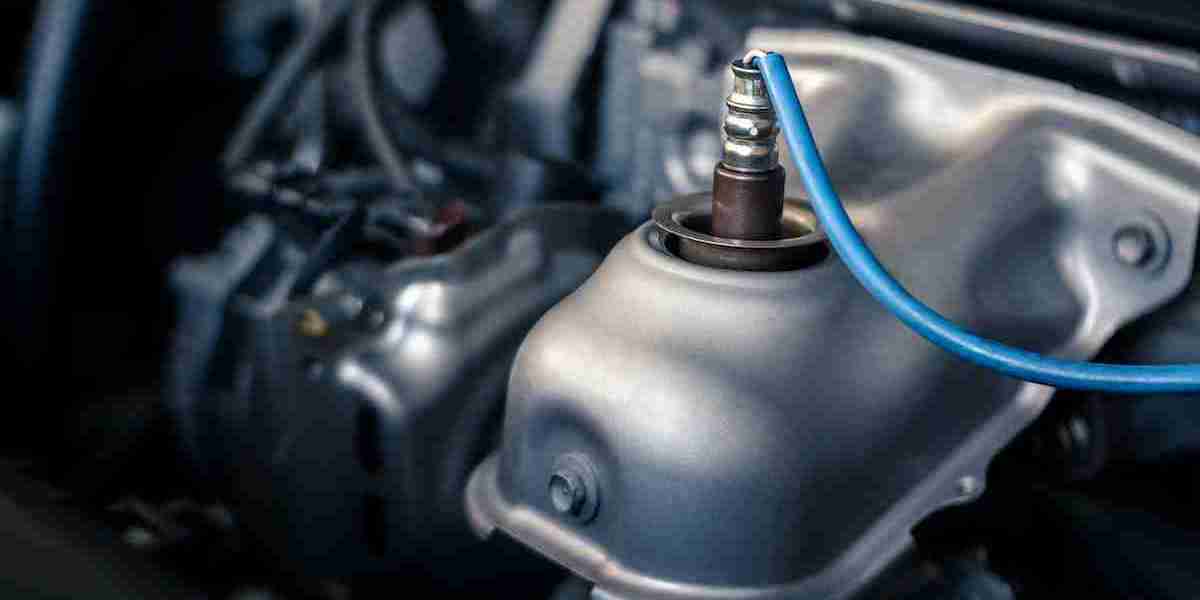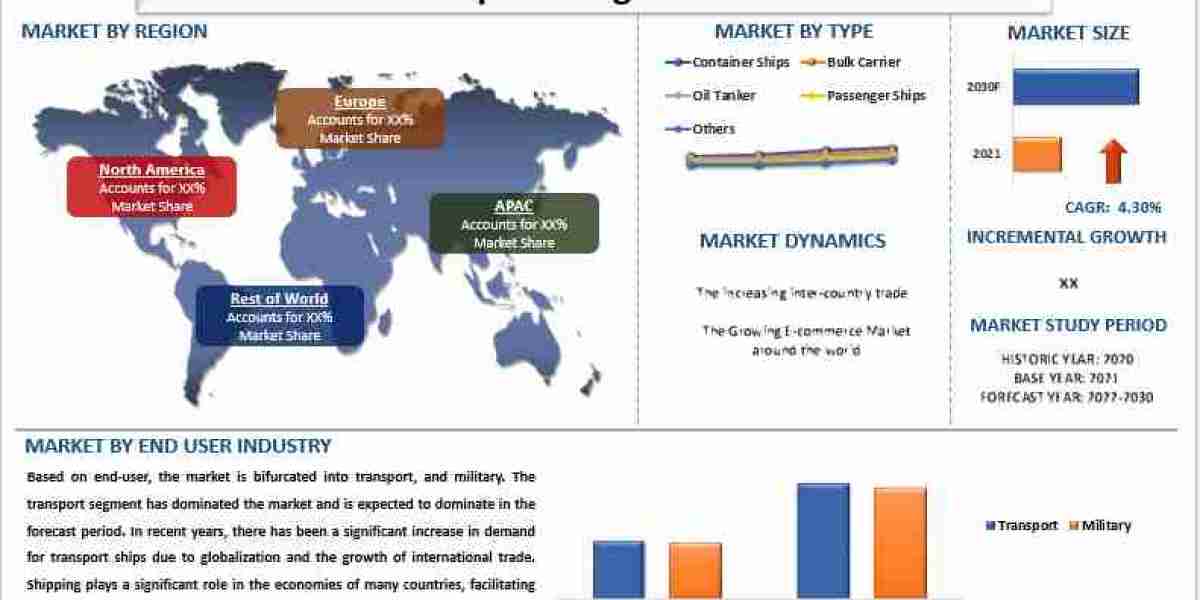The automotive oxygen sensor market holds substantial potential in the evolving landscape of global automotive technologies. As the auto industry accelerates toward sustainability and regulatory compliance, oxygen sensors have emerged as essential components in ensuring fuel-efficient and eco-friendly vehicle performance. Their role in reducing emissions, optimizing combustion, and enabling intelligent engine management makes them indispensable in today’s fuel-based and hybrid vehicles.
Importance of Oxygen Sensors in Automotive Systems
Oxygen sensors, also known as O2 sensors, are primarily used to monitor the oxygen content in vehicle exhaust gases. Installed in the exhaust system, these sensors detect the air-to-fuel ratio in real-time and relay data to the engine control unit (ECU). This feedback allows the ECU to adjust fuel injection levels and ignition timing to maintain optimal combustion conditions.
Accurate combustion management ensures lower emissions, improved fuel efficiency, and smoother engine performance. Given increasing concerns about climate change and energy consumption, automakers are placing a growing emphasis on components like oxygen sensors to meet environmental and performance standards.
Expanding Market Potential in Emission-Conscious World
One of the biggest factors boosting the potential of the automotive oxygen sensor market is the global push for cleaner air and reduced carbon footprints. Governments around the world have introduced strict emission regulations—such as Euro 6 in Europe, BS-VI in India, and China 6 standards—all of which require precise engine control systems, including high-performance oxygen sensors.
As emission norms become more stringent, the use of oxygen sensors in vehicles is no longer optional but mandatory. Automakers are integrating multiple oxygen sensors per vehicle to meet these standards, significantly increasing demand.
Moreover, regions that are in the early stages of enforcing emission policies represent untapped market opportunities. Many countries in Africa, Southeast Asia, and Latin America are adopting or updating emission standards, opening up new markets for oxygen sensor suppliers and manufacturers.
Rise in Hybrid Vehicles Supporting Market Growth
While fully electric vehicles (EVs) do not require oxygen sensors, hybrid vehicles—both mild and plug-in hybrids—rely on internal combustion engines alongside electric motors. As hybrid adoption increases globally, so does the requirement for efficient combustion control systems.
Hybrid engines demand advanced oxygen sensors that can respond quickly to fluctuating engine loads and frequent start-stop cycles. These vehicles typically use wideband oxygen sensors, which provide more accurate and continuous measurements of air-fuel mixtures compared to older narrowband types.
As the global automotive market transitions gradually from internal combustion to electric powertrains, hybrids are serving as a bridge, helping sustain the demand for oxygen sensors and reinforcing the market’s long-term potential.
Technological Advancements Expanding Sensor Capabilities
The automotive oxygen sensor market potential is being further enhanced by rapid technological advancements. Modern sensors are becoming more compact, responsive, durable, and intelligent. They are designed to function efficiently in high-temperature and high-pressure environments, with improved resistance to contaminants and corrosion.
Integration with onboard diagnostics (OBD) and predictive maintenance systems is a growing trend. These intelligent sensors not only monitor engine performance but can also forecast failures or inefficiencies before they escalate into larger issues. This predictive functionality is increasingly valued in fleet management and commercial applications where downtime has high costs.
Additionally, manufacturers are exploring cost-effective materials and production processes to improve sensor affordability without compromising performance. This opens doors for wider adoption in cost-sensitive markets and budget vehicle segments.
Aftermarket Opportunities and Consumer Awareness
A significant portion of the automotive oxygen sensor market potential lies in the aftermarket. Oxygen sensors typically have a finite lifespan and require replacement after a certain number of kilometers or when performance declines. Aging vehicles, especially in developed countries, present a steady stream of aftermarket demand.
As consumer awareness about vehicle emissions and fuel economy grows, more drivers are proactively replacing faulty or inefficient sensors. This awareness, coupled with the rise of online auto parts marketplaces and DIY maintenance trends, is strengthening the aftermarket sales channel.
Aftermarket manufacturers are also innovating by offering universal sensors compatible with a broad range of vehicles, enhancing availability and affordability for end-users worldwide.
Regional Potential and Growth Areas
The Asia-Pacific region represents the most promising growth area in the coming years. China and India, in particular, are witnessing significant vehicle production volumes and increasing environmental regulations. This dual force is creating an ideal environment for rapid market expansion.
North America and Europe, although mature markets, continue to present strong aftermarket potential and demand for premium sensor technologies. The presence of established automotive manufacturers and a large population of emission-regulated vehicles keeps these regions lucrative for oxygen sensor suppliers.
In addition, Latin America, the Middle East, and Africa are emerging as growth frontiers where government initiatives to reduce urban pollution and modernize vehicle fleets will increase the adoption of oxygen sensors over time.
Conclusion: A Market Poised for Long-Term Expansion
The automotive oxygen sensor market potential is aligned with global trends toward sustainability, smarter engines, and efficient fuel usage. With governments enforcing tougher emissions laws, automakers investing in combustion technologies, and consumers becoming more environmentally conscious, oxygen sensors are set to remain in high demand.
From OEM integration to aftermarket replacement, from compact cars to heavy-duty vehicles, the market presents diverse growth avenues. Continued innovation, strategic regional expansion, and alignment with hybrid and emission-control trends will determine how well industry players capture the full potential in this evolving automotive landscape.




